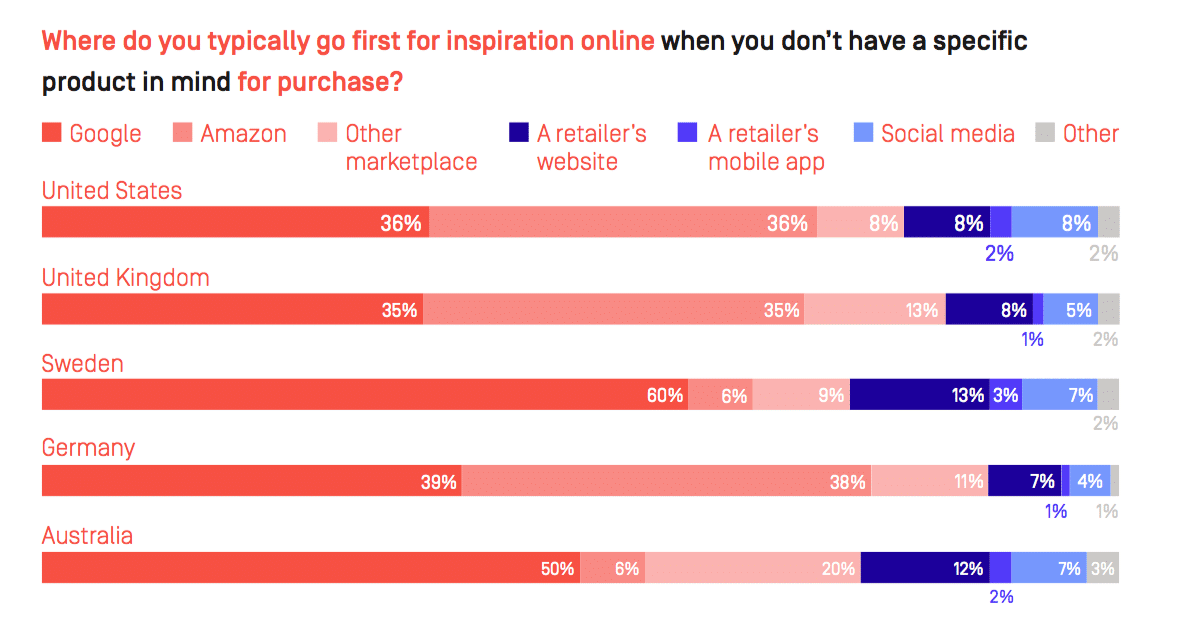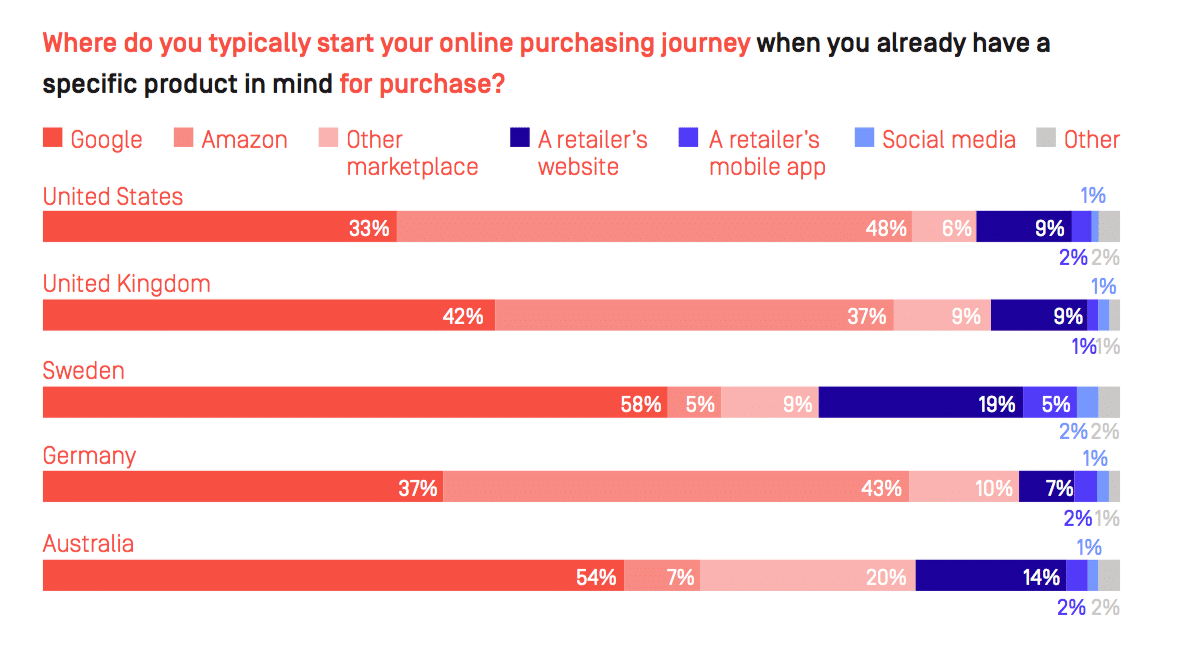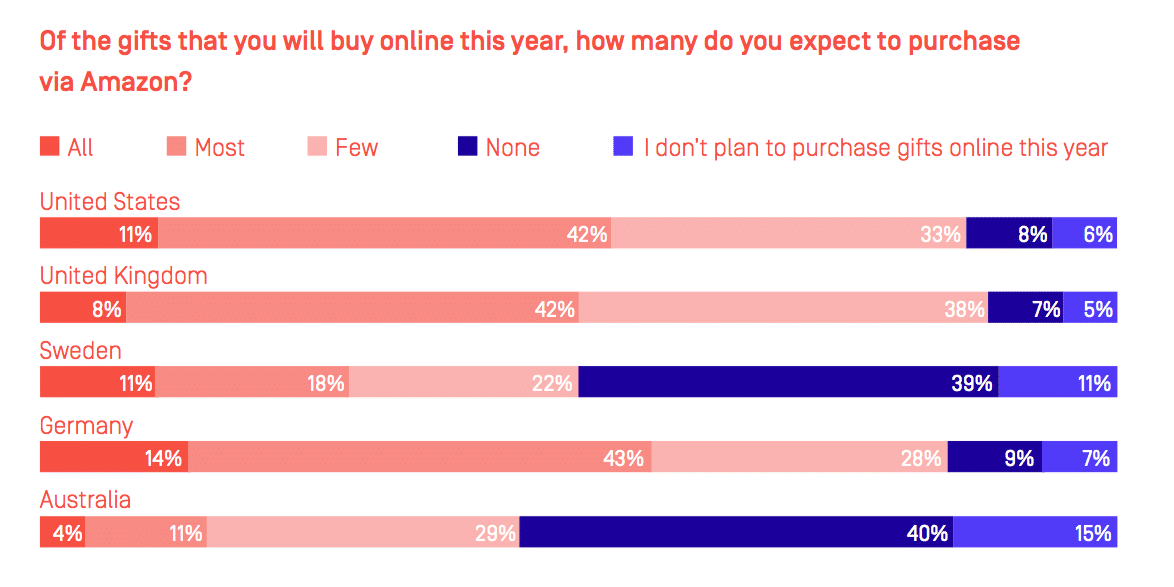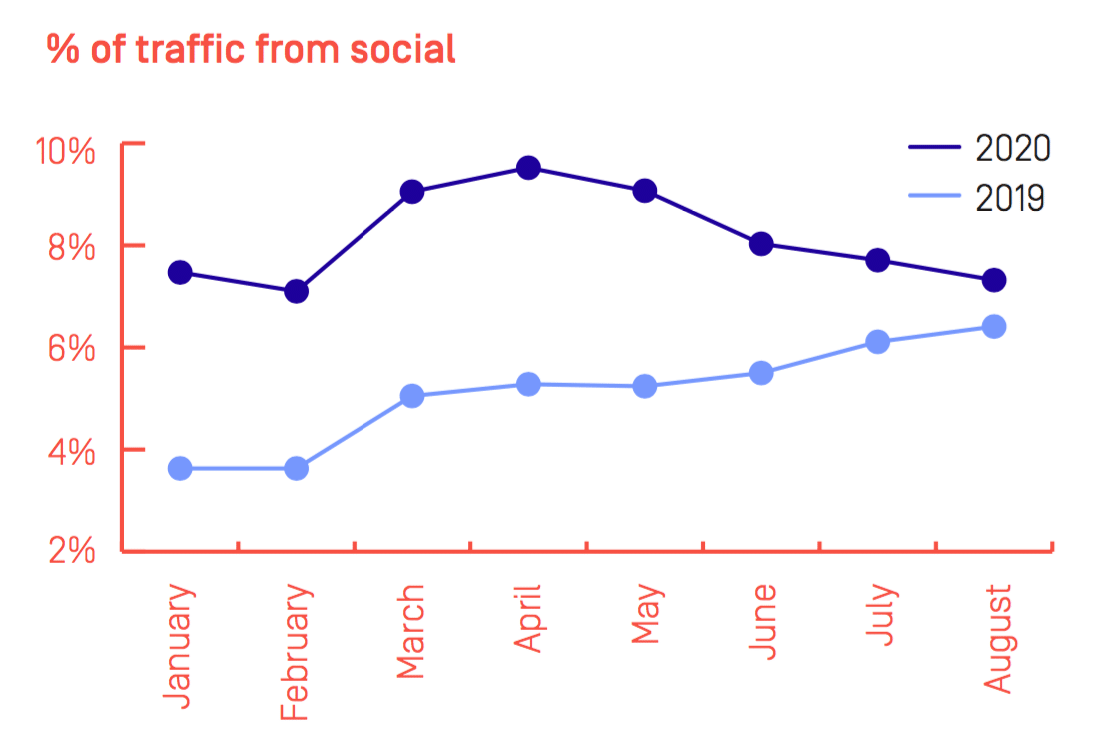The lion’s share of holiday shopping during this unique season looks more and more like it will happen online. This of course means a majority (52 percent) of U.S. shoppers plan to start their online shopping via Amazon this holiday season, according to new research customer-centric digital experience company Episerver—but brands and retailers who are ready to deliver a stellar online website experience will certainly share in the bounty.
The new study, An Interview with The Couch Shopper: The Episerver Holiday Ecommerce Report 2020, reveals that 42 percent of U.S. shoppers plan to buy most of their holiday gifts on Amazon this year, and 11 percent say they plan to buy all of their holiday gifts on Amazon.
The research found that in general, 48 percent of online U.S. shoppers visit Amazon first when they have a specific product they’re looking to purchase, and 36 percent of U.S. consumers begin their shopping journey on Amazon even when they do not have a specific product in mind.
Whether it’s with Amazon or another retailer, there will be an exponential increase in online holiday shopping this year, amid the ongoing COVID-19 pandemic—and a majority of which will occur through mobile devices. In its analysis of web traffic, the company found that 2020 e-commerce traffic overall spiked 18 percent year-over-year, and mobile traffic specifically ticked up 5 percent year-over-year—now accounting for 59 percent of all traffic to retail websites.
The most active shoppers are also the most likely to use their smartphones
Fifty-three percent of consumers who said they shop online every day primarily rely on their smartphones to do so. When viewed as a whole, the report’s findings indicate the need for retailers to tailor their content to consumers across all types of channels and to deliver a mobile-first shopping experience this holiday shopping season and beyond.
The power of social media
One reason for the increase in mobile traffic as of late is a rise in referral traffic from social media networks, which is at an all-time high. Ecommerce conversions stemming from social media have increased year over year—2018 was .9 percent, 2019 was 1.1 percent and 2020 to date is 1.3 percent. April 2020 saw the highest percentage of traffic stemming from social media since Episerver began tracking this data in January 2018, according to the report
“As Amazon claims an increasingly larger share of the market, retailers and brands can no longer compete by using broad promotions to stand out or catch consumers’ eyes,” said Josh Schoonmaker, senior director of strategy and commerce at Episerver, in a news release. “Instead, retailers must draw consumers in with intuitive online shopping experiences, compelling content, and personalized recommendations or offers.”
Other key findings from Episerver’s holiday shopping report include:
- Across the world, free standard shipping is the number one service shoppers expect from brands and retailers, and it is especially critical for U.S. shoppers, 83 percent of whom said the same.
- Fifty-six percent of global online shoppers have returned to a retail website to purchase the items they previously viewed or added to their cart due to a retargeted ad.
- When asked why they did not return to a retail website after being retargeted with ads, the top answers consumers selected were: “the ads were annoying” and “the ads were not relevant to what I was looking at before,” respectively.
Download the full report here.
For its latest report, Episerver surveyed 4,050 online shoppers across the world and performed 1.6 billion website sessions to uncover the behaviors and trends shaping the future of e-commerce.













